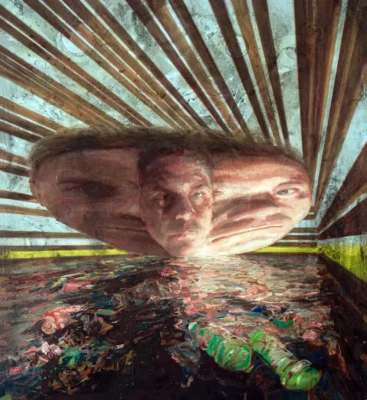
Oil on canvas
120 x 110 cm
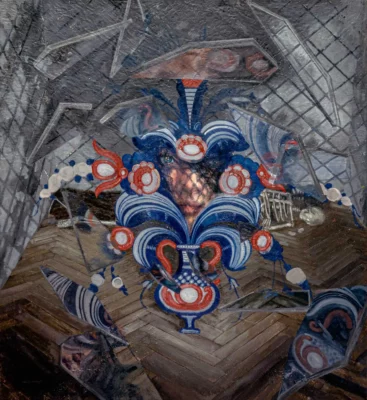
Oil on canvas
120 x 110 cm
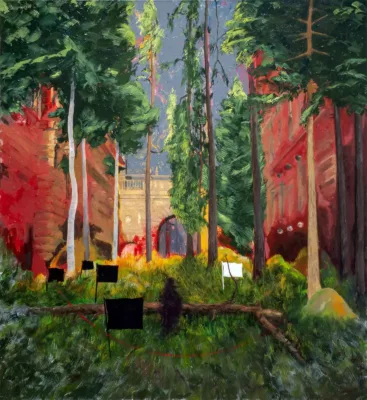
Oil on canvas
120 x 110 cm
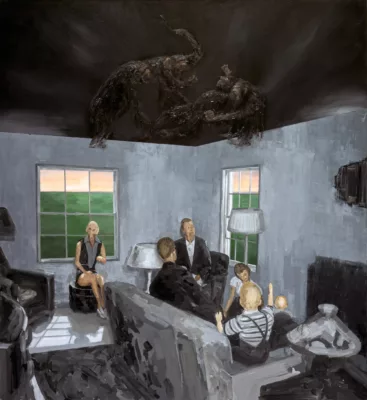
Oil on canvas
120 x 110 cm
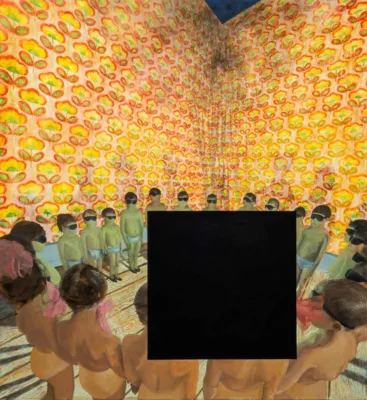
Mixed media on canvas
120 x 110 cm
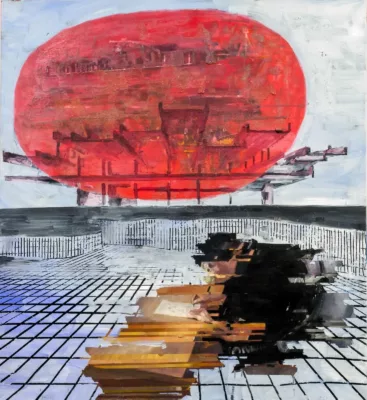
Oil on canvas
120 x 110 cm

Mixed media on canvas
190 x 620 cm
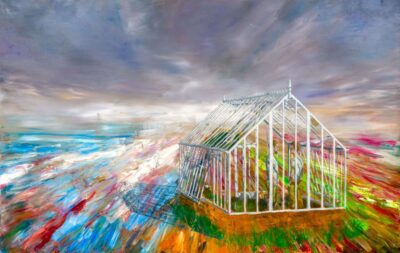
Oil on canvas
120 x 190cm
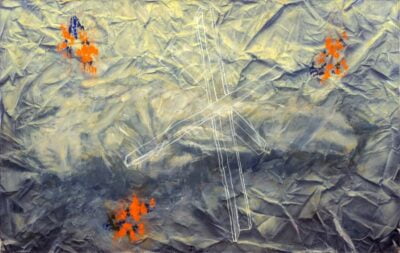
Oil on canvas
120 x 190 cm
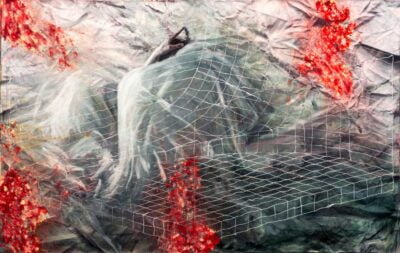
Oil on canvas
120 x 190 cm
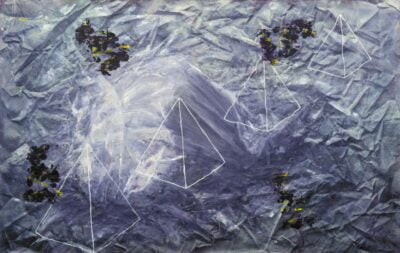
Oil on canvas
120 x 190 cm
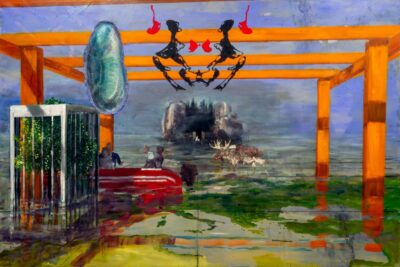
Oil on canvas
200 x 300 cm
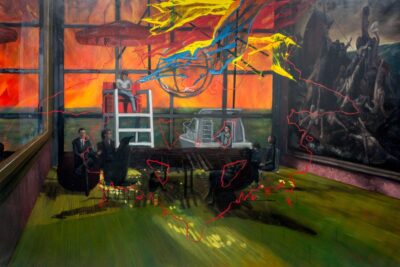
Oil on canvas
200 x 300cm
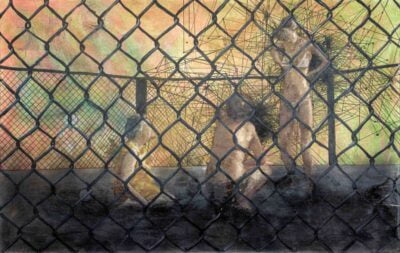
Oil on canvas
120 x 190 cm
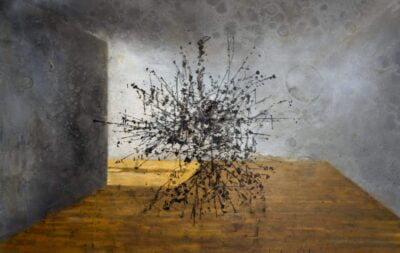
Oil on canvas
120 x 190 cm
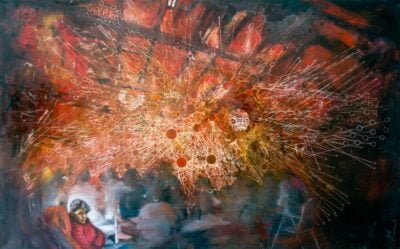
Oil on canvas
120 x 190 cm
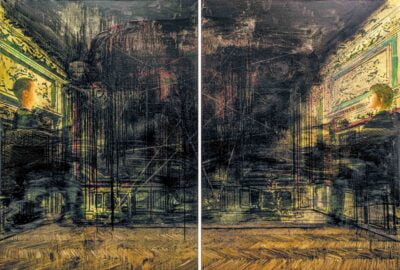
Oil on canvas
Diptych
Each panel: 190 x 140 cm
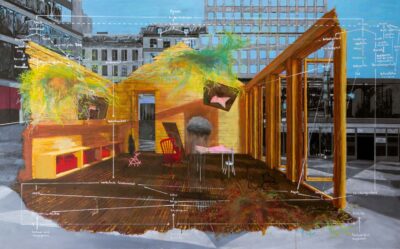
Acrylics on canvas
85 x 137 cm
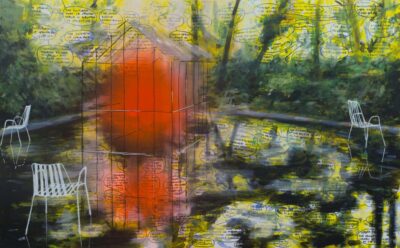
Acrylic on canvas
87 x 137 cm
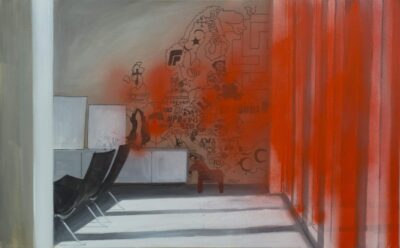
Acrylic on canvas
87 x 137 cm
Artwork paintings – exploring visual narratives
My artwork paintings engage with the intricate relationship between form, color, and the human experience. Each piece is a thoughtful exploration of how visual elements can evoke ideas, memories, and questions without direct representation. My approach centers on the interaction between abstraction and recognizable forms, allowing viewers to bring their own interpretations and emotional responses to the work.
painting as a dialogue between the viewer and the canvas
Every painting I create serves as a conversation. Rather than dictating a specific message, my intent is to offer a framework where subtle gestures and forms encourage dialogue. The textures, layers, and compositions are deliberately chosen to be open-ended, inviting viewers to reflect on their personal relationship to the image. These fine art paintings are not about simple aesthetics but about engaging deeper thought processes.
The balance between structured and fluid forms is at the core of my work. This interplay reflects broader questions about identity, society, and the ways in which we perceive the world. Each brushstroke in my artist painting practice is a response to these ongoing inquiries. As a result, the pieces oscillate between abstraction and figuration, drawing viewers into a process of slow discovery.
fine art and painting – beyond the surface
While each artwork has its own distinct presence, my process remains consistent: to push beyond the surface and delve into complex, layered ideas. The tension between surface-level beauty and underlying meaning is what drives much of my painting art practice. I strive to create artwork paintings that reward the patient viewer, revealing new elements upon each viewing.
Fine art and painting, for me, are tools to interrogate how images and objects can hold multiple truths. This is evident in how I approach form, with a particular interest in the space between the familiar and the unknown. By leaving room for ambiguity, I aim to engage the viewer’s imagination, letting them complete the narrative.
the evolution of contemporary paintings
In my journey as an artist, my work has naturally evolved, yet the core questions I explore remain constant. I aim to capture the ephemeral nature of perception, which is why my pieces often involve a dynamic interplay of different visual elements. Contemporary paintings today, I believe, are about more than simply reflecting the world around us—they also challenge us to reconsider our place within it.
Through my art work painting process, I examine the impermanence of forms, constantly reworking and reimagining the image on the canvas. This allows me to engage with the unpredictability of both life and art. In a way, the act of painting becomes a metaphor for how we navigate our complex surroundings, constantly shifting between clarity and obscurity.
a focus on the individual viewer
My paintings are created with the viewer in mind. I believe that art should not be prescriptive but rather open-ended, giving individuals the freedom to find their own meaning. By creating spaces that resist easy interpretation, I invite those who engage with my work to spend time reflecting, questioning, and exploring the nuances of each piece. This approach is what makes my contemporary artist paintings both challenging and rewarding.
This connection between the viewer and the artwork is essential in my process. I aim to offer more than just a visual experience—each painting is an opportunity for introspection and thought. The simplicity in some compositions contrasts with the complexity of others, a deliberate choice to keep viewers engaged in different ways.
fine art paintings – creating spaces for reflection
The reflective quality of my work allows for a deeper, more personal connection between the viewer and the piece. Whether it’s through subtle color transitions or deliberate shifts in perspective, I aim to create fine art paintings that provide both immediate visual impact and lasting contemplation. The act of painting, for me, is about providing a platform for this reflective process, encouraging viewers to pause and engage more fully with the work.
As I continue to develop my practice, I remain committed to these ideas—using painting not just as a form of expression but as a medium for exploration. My fine art and painting reflect this ongoing journey, one that is deeply personal yet resonates with universal themes.
conclusion – artwork paintings that transcend the ordinary
In summary, my artwork paintings aim to transcend the ordinary and invite viewers to think critically about what they see. Each piece offers an open-ended narrative, allowing the viewer to bring their own interpretations to the work. Through careful composition and thoughtful layering, I explore the relationship between form, meaning, and perception, all while encouraging personal reflection.
By constantly reworking the boundaries of painting, I aim to create pieces that challenge, inspire, and evoke contemplation. This journey into abstraction and meaning defines my approach to both fine art and painting, inviting viewers to become part of the ongoing dialogue between the canvas and their own imagination.
My paintings engage with the complexities of perception, often playing with the tension between abstraction and figuration. Through layers of imagery, I explore human encounters, social dynamics, and personal reflection. This selection showcases different periods of my exploration, where various techniques and themes converge to create distinct visual experiences.
Abstract and figurative contrasts
One of the central ideas in my work is the juxtaposition of abstract and figurative contrasts. I often combine abstract shapes with recognizable forms, such as landscapes or figures. This creates a space where different interpretations can coexist. By allowing these contrasts to interact, I aim to evoke a sense of discovery. Viewers are invited to engage with the layers of the painting, each offering new insights depending on their perspective.
This approach draws from a belief that no single image can fully encapsulate an idea or emotion. Instead, it is in the tension between the parts—between abstraction and representation—that meaning emerges. These abstract and figurative contrasts also mirror the complexities of human relationships and societal structures. Just as our interactions are shaped by diverse experiences, my paintings present a dialogue between seemingly unrelated elements.
Layered artistic process
The relationship between the personal and the collective is a recurring theme in my paintings. My layered artistic process reflects how individual experiences are influenced by broader societal trends. I address the ways in which political and social forces shape our perceptions by layering various techniques and combining abstract and figurative elements to form a cohesive whole.
Each painting involves several layers, both physically and conceptually. This technique allows me to build complexity within the work and engage with the themes of identity, society, and personal reflection. This layered artistic process reveals the overlapping realities that we all experience, and these paintings are not meant to provide answers but to provoke reflection.
Spatial ambiguity in painting
Another key element in my work is the idea of spatial ambiguity in painting. I create spatial ambiguity by blurring the boundaries between figures, shapes, and backgrounds. This technique mirrors my interest in the concept of the “third place,” where different perspectives meet and definitions are left open.
Incorporating spatial ambiguity in painting allows me to experiment with technique and texture. The absence of clear boundaries between forms makes the work feel dynamic and open to multiple interpretations. My goal is to use spatial ambiguity to encourage viewers to reflect on the broader themes of societal change and human relationships within a visually ambiguous context.
Human existence in art
The absurdity and complexity of human existence in art is another theme I explore in my works. I am fascinated by the contradictions between societal norms and individual experiences. Through my paintings, I address these contradictions by exploring themes like fear, societal expectations, and the fleeting nature of life.
I often depict scenes that reflect the tension between the individual and society. I explore how fear – whether personal or collective – shapes political and social structures. Human existence in art becomes a vehicle through which I can express how fear drives many aspects of our lives and the decisions we make. These fears influence not only our political decisions but also the way we perceive ourselves and the world around us.
Fear and society in visual art
Fear and society in visual art play a crucial role in shaping my works. I believe fear is one of the most powerful emotions driving societal change. Fear of the unknown, of losing status, or of new ideas often drives political movements, influencing how people view the world and their place within it.
In my paintings, I aim to capture this intersection of fear and society in visual art by depicting tensions between personal anxieties and broader social forces. My work reflects on how fear, both internal and external, affects everything from individual relationships to global political dynamics. The dystopian imagery in some pieces represents these concerns, while other works capture the uncertainty and instability inherent in human life.
Conclusion
Throughout my work, I strive to create visual experiences that explore abstract and figurative contrasts, layered artistic processes, spatial ambiguity, human existence in art, and the role of fear in society. By using these elements, I create paintings that challenge viewers to reflect on the complexities of both personal and societal realities. My goal is not to dictate interpretation but to provide a space for exploration, where multiple perspectives can coexist.